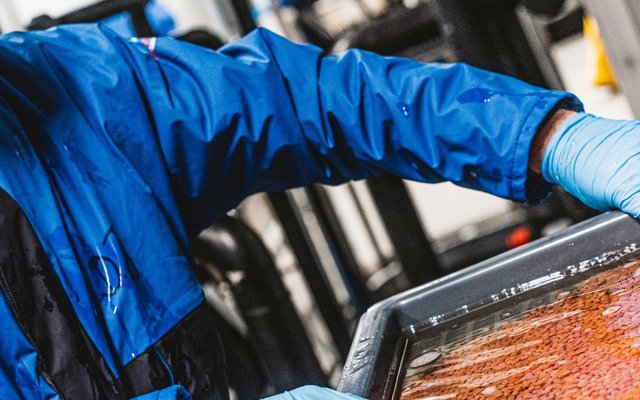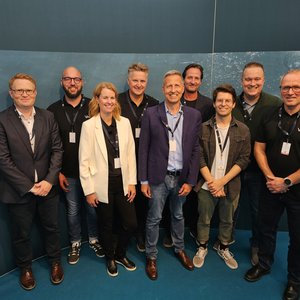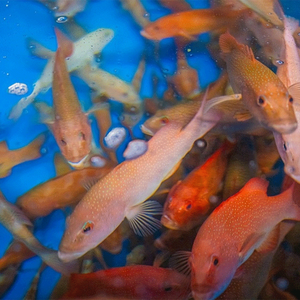Scottish Sea Farms plans to open a new GBP 2 million incubation unit at Barcaldine Hatchery this autumn that will help ensure the security of egg supply and improve fish survival. Currently, the company receives fertilized eggs that have developed to the eyed stage from its specialist suppliers.
Thanks to the new incubation unit, which will be located in its own dedicated building adjacent to the main hatchery, Scottish Sea Farms will soon be able to receive eggs immediately post-stripping and fertilize them on-site. This means they can be incubated through the most fragile stages of their development until robust enough to be transferred to one of the company’s three hatcheries: Barcaldine itself, Knock on the nearby Isle of Mull, or Girlsta in Shetland.
“What we’re doing is creating a bespoke facility that will allow us to have greater control of the eggs even earlier in the production cycle,” said Scottish Sea Farms’ head of freshwater, Rory Conn. “We’ll be able to take our time through these most critical initial stages, incubating the eggs for longer and at lower temperatures as we deem appropriate.”
Emerging research suggests that incubating eggs at lower temperatures during the very early stages can have better outcomes for fish health later in life, particularly with regard to cardiac health. “We would be looking to incubate as low as possible, likely 2-3°C, to encourage the slow and steady development of the ova,” Conn said.
By receiving eggs immediately post-stripping, the freshwater team will also have greater influence over another key welfare factor – water quality. “Equipped with the most sophisticated recirculating aquaculture system (RAS) of its kind in Scotland, the main hatchery draws in freshwater from the nearby Gleann Dubh reservoir and puts it through a complex system of filters and UV light to remove anything greater than 0.01 microns and ensure that no bacteria or viruses can get through.”
“The priority with this latest investment in our freshwater farming is to secure the supply and quality of our ova and provide the capacity for optimal incubation, from fertilization onwards,” said Conn. “Initially, we’ll fertilize only a proportion of our ova supply on-site. However, the unit has the capacity to accommodate all our current and future ova requirements.”
The new unit is the latest investment by Scottish Sea Farms to future-proof egg supply and fish health and survival.
Other work in this area includes a ground-breaking collaboration with genetics specialist AquaGen to produce a supply of eggs from broodstock that has been proven to thrive at Scottish Sea Farms marine sites – a project that’s now in its fifth year.













